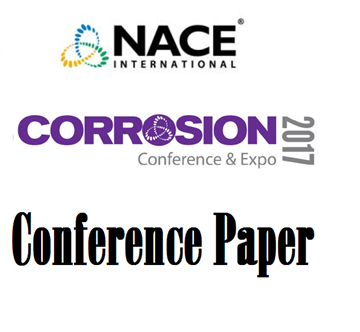Search
Products tagged with 'intergrandular corrosion'
View as
Sort by
Display
per page
Electrochemical Behavior Under Artificial Seawater and Intergranular Corrosion Performance of 6XXX Aluminum Alloys Series
Product Number:
51320-14620-SG
Publication Date:
2020
$20.00
Optimization of the DL-EPR Method for Detecting Sensitization in Alloy 690
Product Number:
51317--9037-SG
ISBN:
9037 2017 CP
Publication Date:
2017
$20.00


